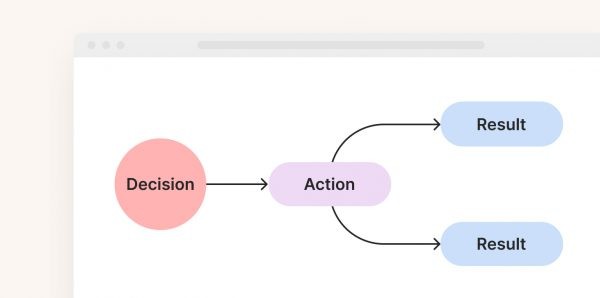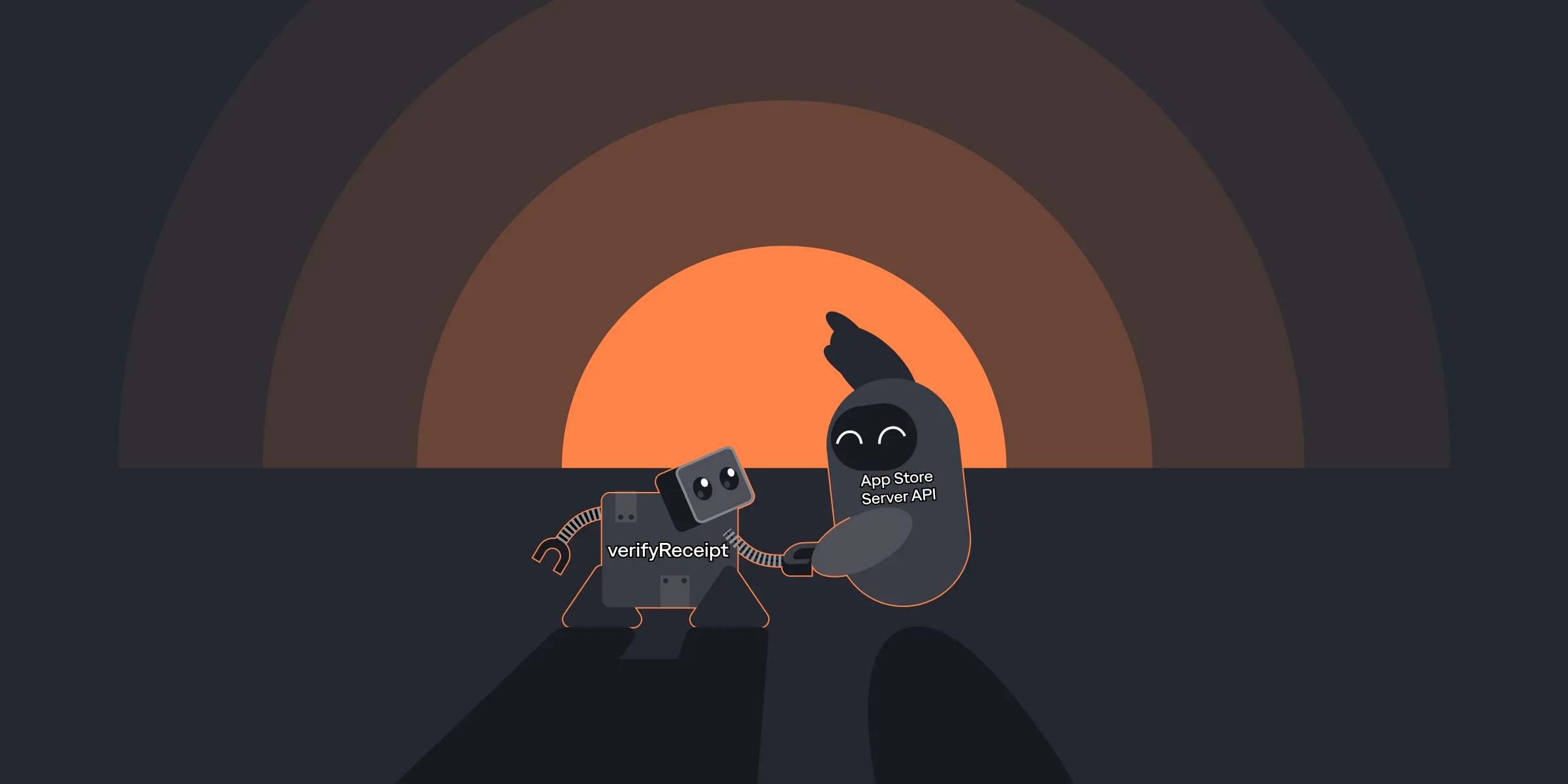Full Guide to Video Ad Creatives for Apps: Essential Tools, Metrics, and Narratives
Full Guide to Video Ad Creatives for Apps: Essential Tools, Metrics, and Narratives

Kate

Kate
Feb 7, 2022
Feb 7, 2022
Video has proven to be an effective tool to direct an advertiser’s message toward the right audience and further move users down the user acquisition funnel, prompting higher levels of engagement. However, there are a number of factors that you should take into account when preparing your video creatives. Together with Andrew Kozik from Perfomante, we will walk you through the journey of how to create a video that will work for your app.
Video has proven to be an effective tool to direct an advertiser’s message toward the right audience and further move users down the user acquisition funnel, prompting higher levels of engagement. However, there are a number of factors that you should take into account when preparing your video creatives. Together with Andrew Kozik from Perfomante, we will walk you through the journey of how to create a video that will work for your app.














